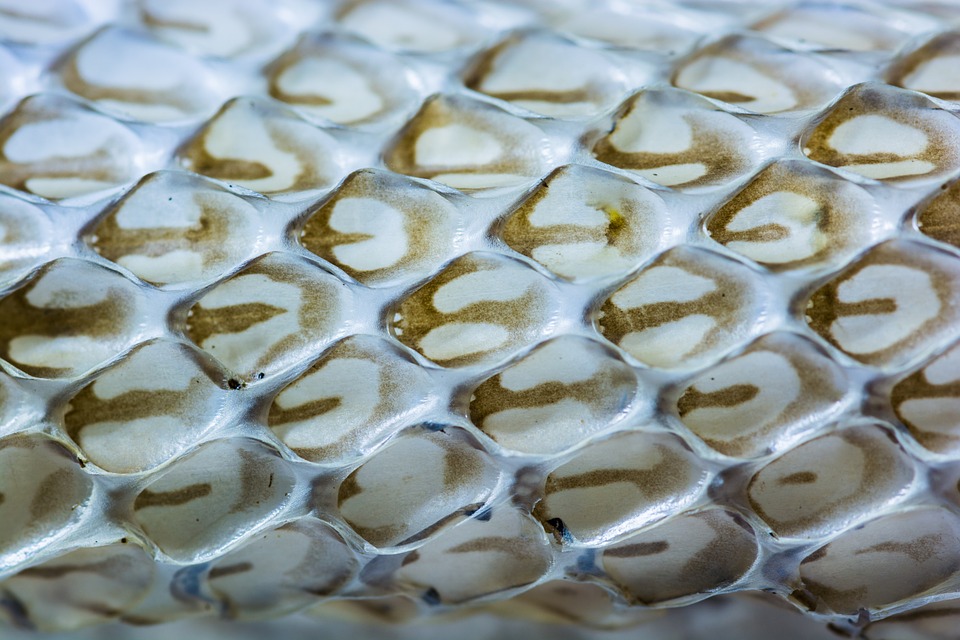Prismatic Dermeleonitis (Prizz-mat-ick Derr-meal- ee-on-eye-tiss)
The long-awaited hatching was finally at hand and the clan was abuzz with the excitement of meeting the newborns. Many of the black dragonborn clan had already gathered around the hatchery, eager to see the newest additions to their family. Suddenly, Broodmother Periglash appeared in the threshold, an expression of elation and intense pride upon her face and a murmur of anticipation swept through the gathered onlookers. The broodmother then revealed a child, still glistening with the fluids of hatching and a gasp is shared among the viewers. This child was blessed with the mark of the gods with a splotchy stripe of shining white scales emblazoned across his face, they already knew he would be their future leader.
Transmission & Vectors
Prismatic Dermeleonitis is non-transferable.
Causes
The cause of Prismatic Dermeleonitis is not entirely known but seems to appear as the result of a rare combination of genes of dragonborn parents which leads to the hatching of a child with oddly pigmented scales. Much like an occurrence of albinism or vitiligo, this condition is effectively a genetic fluke.
Symptoms
The identifying symptom of Prismatic Dermeleonitis is inconsistent scale pigmentation. This can present in the form of any variation in size and occurrence of scale color not consistent with the identifying pigments of the afflicted individual’s parents. Most commonly, the affected scales are of a single color, resulting in cases such as a blue dragonborn with splotches of red scales or a bronze dragonborn with white patches resembling thick freckles. As the individual ages, the coverage of the discolored scales has been said to grow over time.
Treatment
Treatment for this condition varies by culture and belief system. Certain herbal combinations are believed to slow the spread of the affected areas when regularly ingested either through diffused tea-like beverages or inhaled like an incense. As of now there are no known cases of individuals being completely healed of this condition.
Prognosis
Upon hatching, dragonborn children tend to have already noticeable patches of discolored scales present in various parts of their bodies depending on the presentation. Common areas of initial appearance of such scales are across the front of the face and snout, down the back and across the shoulders. As the child ages, more scales of the off color tend to bloom out across the body from the points of origin. Should the affected areas originate from or spread to the eyes, it has been known to lead to partial or complete heterochromia and even blindness. This condition has not proven to have any other consistent adverse health effects.
Affected Groups
Newborn dragonborn hatchlings of any color or sex can present with the condition. In current history it seems as though occurrences of Prismatic Dermeleonitis are solely due to a very specific combination of parental genes en utero.
Prevention
Due to the inconsistency and rarity in occurrences of Prismatic Dermeleonitis little is known about how to prevent the condition at this time.
Cultural Reception
In more religiously based communities, dragonborn with Prismatic Dermeleonitis tend to be hailed as blessed individuals that are indicative of a clan or community performing well in the eyes of their deities. These dragonborn tend to go on to become clan leaders, diplomatic representatives or shamans. Personal reception of afflicted individuals varies greatly as some report the condition to be a grotesque deformity while others revere the color combinations as proof of the common ancestry of all dragonborn.
Type
Genetic
Origin
Natural
Cycle
Chronic, Congenital
Rarity
Extremely Rare
Affected Species


Comments